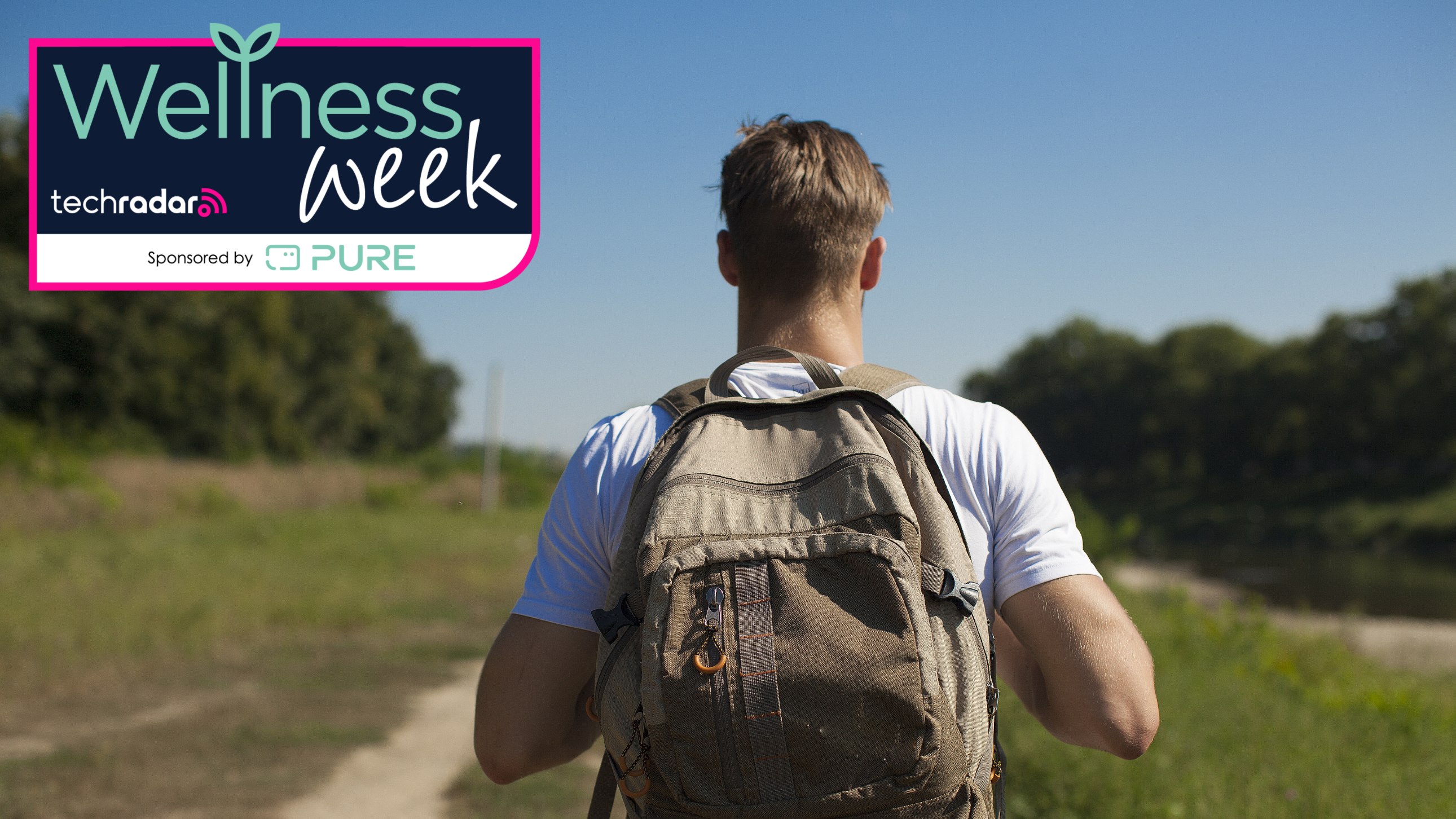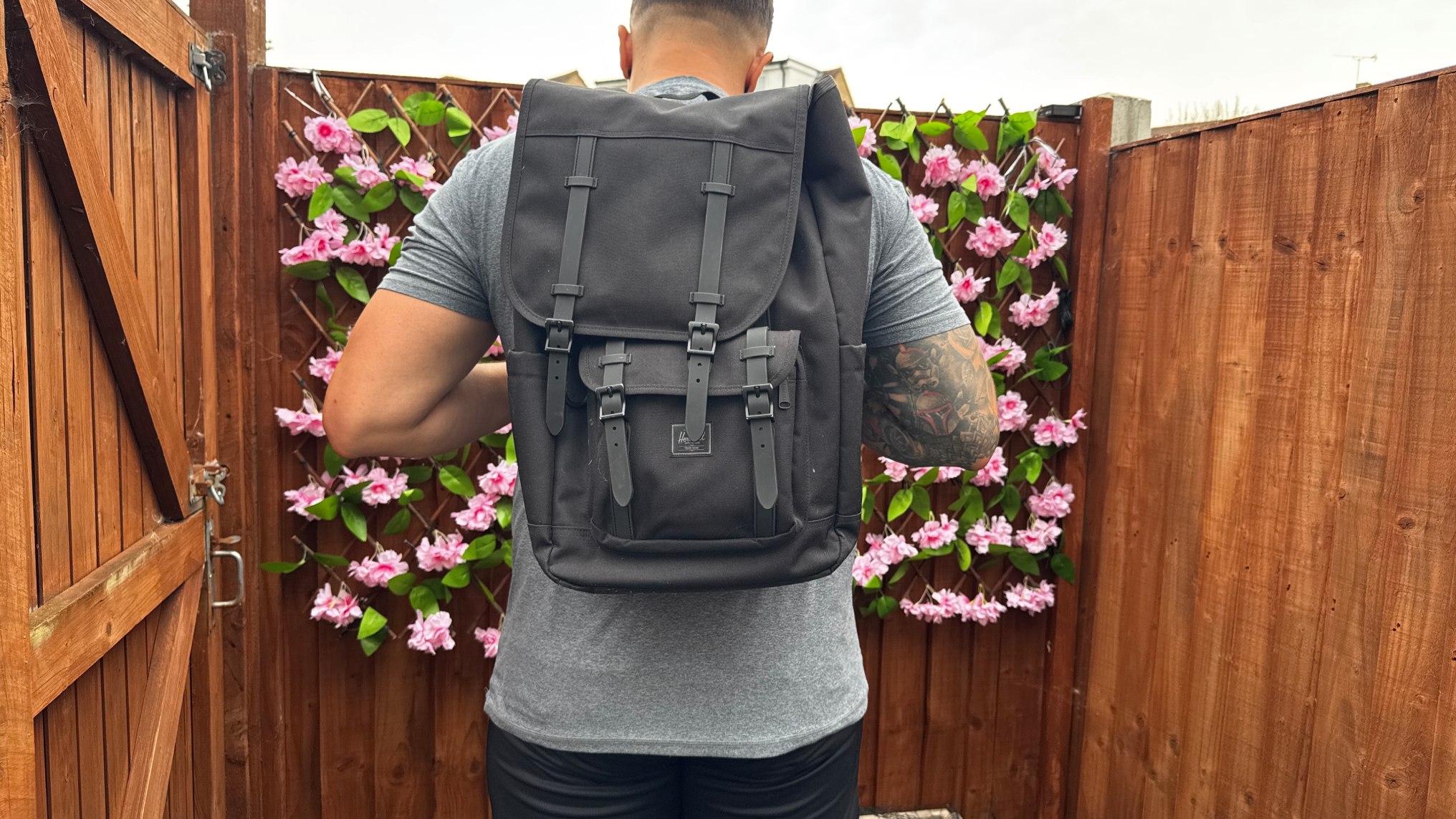I swapped running for rucking for 2 weeks – and it's way better on my joints
A new favorite way to sweat?

I’ve written before on TechRadar’s fitness channel that as a man in his mid-thirties who’s spent more time lifting weights than running, I find it hard to stay motivated when it comes to cardio workouts.
My mind wanders, I’m shifting a lot of weight in the gym each week so I'm already tired (on top of being a parent), and high-impact cardio makes my joints ache. That’s had me feeling more and more like dropping running from my rotation entirely, despite being a fairly regular 10K runner in my late twenties.
Its replacement? Let’s talk rucking.
What is rucking?
Rucking is one of those classic workouts you can imagine seeing in decades-old educational videos. The act rucking is simple, really: You put some heavy things in a backpack, then wear it while you walk (or run).
The benefits, on paper at least, are numerous. Improved endurance, a deeper cardio workout, and even improved bone density are potential outcomes, plus better core strength. Walking with a pack is also lower impact than running hard.
I’ve been rucking for two weeks now, using only a backpack, 2-liter bottles of water, and one of the best fitness trackers to count my steps – here’s what the process has taught me.
1. It’s light on the joints
One of the biggest obstacles I need to overcome when running is that even jogging a couple of times a week leaves my legs feeling stiff and uncomfortable. With that in mind, I was wary about adding additional weight, but decided to ensure my rucking was solely done at a walking pace.
So, what about those aching legs? To my surprise, it’s not been a huge issue, given that my joints aren’t taking a battering as even though I’m adding weight, my strides are making less impact.
However, I do think a change of footwear will help. I was wrong to try rucking in my old Nike running shoes. Sure, they’re a couple of years old and only really used for Parkrun, but just as you should probably avoid squats or deadlifts in any shoes that have your feet make contact with the ground at an angle, I’d recommend something flatter for rucking. I ended up switching to some comfortable, functional Vans shoes, and found them to be much more useful and they left my ankles and knees feeling much more relaxed.
It’s not as intense as running, and it doesn’t deliver that same level of cardio workout, but I’m enjoying being able to keep my knees and shins intact for another month.

2. It’s improved my core
When I’m not worrying about pace, I can feel myself bracing my core, with two large 2-liter water bottles in the backpack, a total of 4kgs or 8.8lbs (I’m using a pretty huge Herschell backpack, which you can see in the picture above). The advantage there is that I’m ready for a quick hydration break, too, and can pour the water out in a pinch.
That’s carried through to core workouts at the gym, which feel ever-so-slightly more comfortable (or as comfortable as Russian Twists and abdominal crunches ever can) due to the consistent low-intensity bracing.
I think there’s something to be said for rucking as a more functional workout. Bicep curls and chest press will build muscle, but they’re pretty situational, and running is great for, well, running faster or taking part in sports. Rucking has helped me walk more comfortably while my wife stacks groceries on me like Buckaroo (look it up, kids), or just carrying my six-year-old son when his legs get tired. Parents who dread that look from an exhausted child, this could be the workout for you.
3. Equipment is important
In all honesty, I’ve enjoyed rucking so much that I think it’ll become a key part of my workouts, particularly in the colder months when I really don’t want to go and run on hard, slippery ground.
With that in mind, a comfortable backpack might seem an obvious purchase, but it might be worth considering one with a chest strap. Mine doesn’t offer that, and while I’d hardly say I’m close to Death Stranding levels of toppling over, I do wish there was just a little more support when wrapping it around my core.
Final thoughts
Trying rucking for a few weeks has given my fitness level a sizeable boost, simply because I’ve gone from dreading a run and suffering in the days afterwards, to going for a stroll with a podcast or two and ending up feeling comfortably worn out but uninjured (imagine that!).
If you’ve been putting off the idea of rucking because, like me, you’re worried about your joints, I’d recommend giving it a try with some lightweight and an old backpack to see how you get on.
You might also like...
Sign up for breaking news, reviews, opinion, top tech deals, and more.

Lloyd Coombes is a freelance tech and fitness writer for TechRadar. He's an expert in all things Apple as well as Computer and Gaming tech, with previous works published on TopTenReviews, Space.com, and Live Science. You'll find him regularly testing the latest MacBook or iPhone, but he spends most of his time writing about video games at Dexerto.
